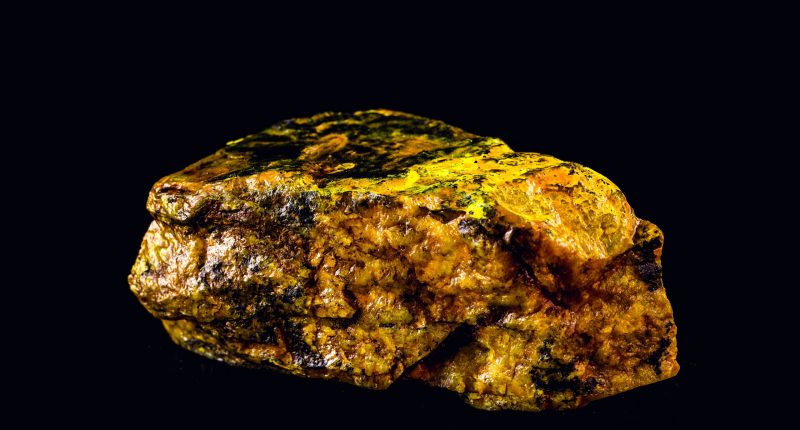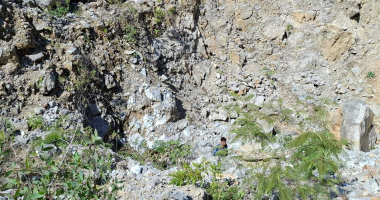Australian Rare Earths (ASX:AR3) has confirmed significant uranium mineralisation close to the surface at its Overland project in South Australia, with assays now revealing grades beyond 100 parts per million.
Listen to the HotCopper podcast for in-depth discussions and insights on all the biggest headlines from throughout the week. On Spotify, Apple, and more.
The explorer’s assay results are taken from chemical assaying of a previously drilled hole, OV047, which featured shallow, calcrete-hosted uranium.
Intercepts included two metres at 92ppm U3O8 (triuranium octoxide) from 26m, including one metre at 103ppm U3O8 from 27m; plus one metre at 82ppm U3O8 from 26m; and one metre at 72ppm U3O8 from 31m.
“These results from the first hole where the occurrence of shallow calcrete-hosted uranium was discovered underscore the significant potential of the Overland project,” managing director and CEO Travis Beinke said.
He continued: “The search for both shallow calcrete-hosted uranium, and sedimentary hosted, ISR amenable targets, continues in this frontier uranium play.”
Down-hole gamma responses and in-field pXRF measurements for contained uranium had already been taken for OV047 in the lead-up to drilling.
These Week 14 results confirm the validity of the measurements for AR3.
More market news
Levy beef: Trump whacks Oz with 10% tariffs on “Liberation Day”
Meet GeoGeorge: The HotCopper poster so accurate he got hired as an analyst
The explorer has surmised these results indicate the potential for a widespread continuation of calcrete-hosted uranium mineralisation at the project.
AR3 has been trading at 7.5 cents.
Join the discussion: See what HotCopper users are saying about Australian Rare Earths and be part of the conversations that move the markets.
The material provided in this article is for information only and should not be treated as investment advice. Viewers are encouraged to conduct their own research and consult with a certified financial advisor before making any investment decisions. For full disclaimer information, please click here.








